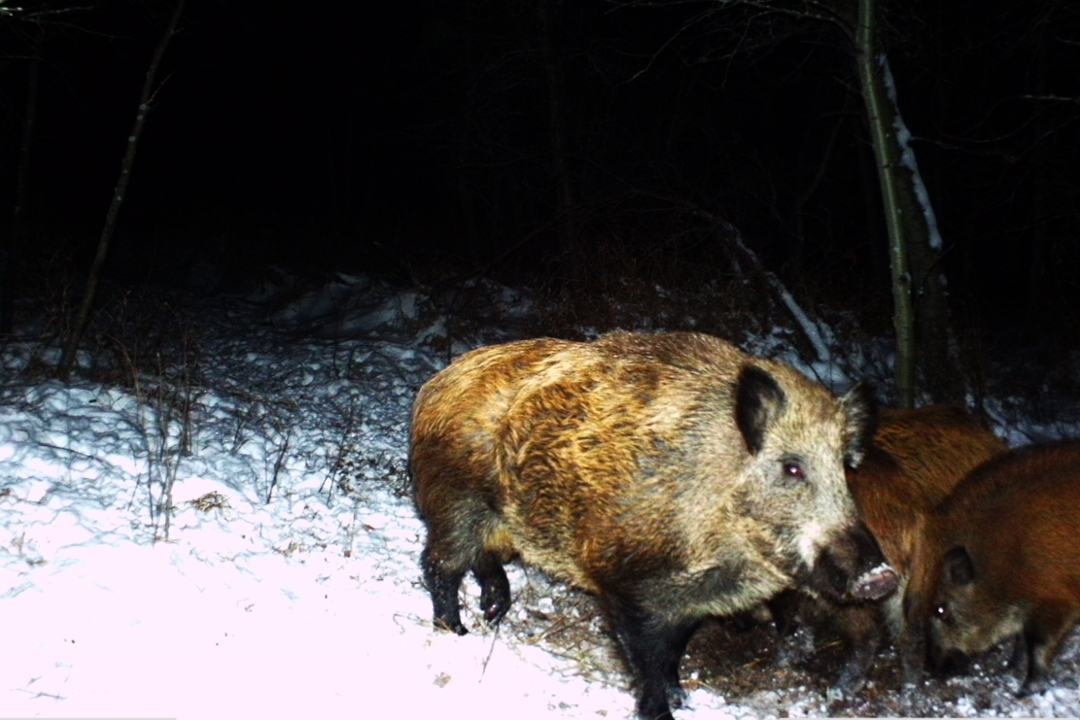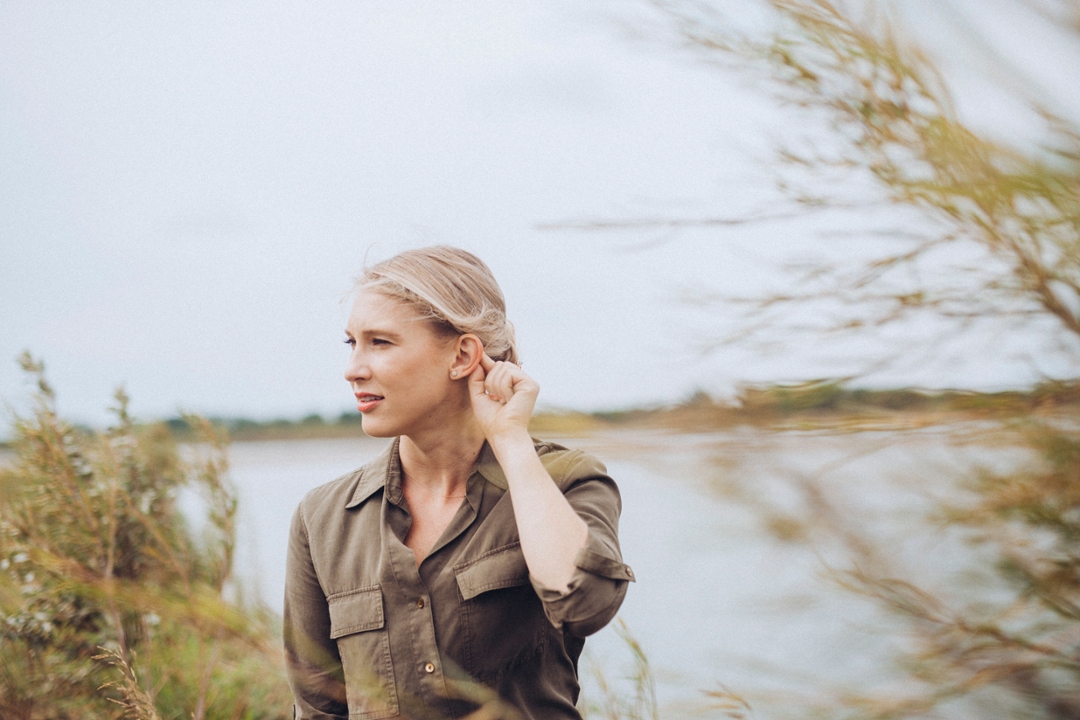Where the wild pigs roam
In 2013, Ruth Aschim—along with 99.9 per cent of the population—was unaware wild pigs were roaming rural Canada.
By JOANNE PAULSONPhotography: David Stobbe
Today, the USask doctoral candidate is an expert on the animals, where they thrive and the destruction they can cause.
Her interest in wildlife emerged early in her academic career. Taking a Renewable Resource Management degree in the College of Agriculture and Bioresources (BSc’13), Aschim spent the summers working field jobs in biology, including a stint rescuing the nests of piping plovers.
But landing a wildlife research position at a university is no easy task, she explained.
“Wildlife research is expensive; you’re using GPS collars and aerial surveys and things like that. A lot of people are interested in it, so it was hard to find a program that would take me.”
Among the academics she approached was Associate Professor Ryan Brook, whom she’d heard about as an undergrad.
“Ryan was the only person who didn’t say no to me,” Aschim said. “He said ‘maybe; we’ll see.’ I just kept bugging him and bugging him. Then he said ‘OK, I finally got funding for wild pigs.’ I didn’t even know we had wild pigs. I wasn’t interested in wild pigs.
“So I said sure, why not? And it’s really taken off from there.”

Taken off, indeed. Aschim’s ground-breaking research has become a popular media topic and attracted interest from as far away as the United States, where wild pigs have long been a serious problem. In fact, most of the project’s funding comes from the U.S. Department of Agriculture’s National Feral Swine Task Force.
“I started it as a master’s and flipped it to a PhD just to continue with the research,” she said. “It’s novel research in Canada. We only got wild pigs in the late 1980s; they were a farm species, and they weren’t on the landscape until the ‘90s. No one has done research on them in Canada whatsoever.
“Now, with African Swine Fever, there’s a bit more of a push to really look at wild pigs because there’s a potential for them to have that disease,” she said.
The wild pig problem emerged from livestock producers’ desire to diversify their herds for export markets. The boars proved more difficult to manage than expected. They rooted under and jumped over fences, while producers also simply opened the gates and let them go. Many thought they would not survive in the wild.
They were wrong. And although there are large numbers of them, they’re not easy to find.
“Because we’re looking at a nocturnal species, an elusive species… we couldn’t use aerial surveys, the conventional wildlife monitoring technique, because we didn’t even know where they were. How were we going to go looking for them?
“I did all my data collection through social science techniques. I spoke with stakeholders and wildlife professionals. I would travel around Saskatchewan going to wildlife-related meetings or events or fundraisers, giving presentations and just talking to people.
“Then I spent three months living out of my vehicle (in summer 2015) and I camped across Western Canada, talking to conservation officers and biologists.”
Her research was also aided by a telephone survey of 3,000 calls across rural Canada, conducted by USask’s Social Sciences Research Laboratories.

Results showed that wild pigs are the most widespread in Manitoba, Saskatchewan and Alberta; smaller populations exist in B.C., Ontario and Quebec. But despite all the research, it’s still impossible to say how many wild pigs are out there.
However, Aschim’s recent paper shows their range expansion from 1990 to 2017 increased by an average 40,000 square kilometres per year. From 2011 to 2017, the average increase was 80,000 sq. km per year.
But why does establishing the numbers and habitats of wild pigs matter?
“Disease is a huge concern with wild pigs,” Aschim said. “They’re reservoirs of not only African Swine Fever, but 39 other viral and bacterial diseases, as well as parasites. They can be transmitted to domestic livestock, wildlife, and humans.
“Then we have environmental issues, which are huge with wild pigs. One of the main problems is the rooting behaviour; they upturn the soil because they like to eat the roots and tubers of vegetation. It’s essentially like a rototiller went through an area.”
Bare soil is open to weeds, erosion and nutrient cycle disturbance, as well as a loss of biodiversity, she said.
Another concern is water quality. Wild pigs wallow in wetlands, causing bank slumping, erosion, water sedimentation and—because of defecation and urination—algae growth and disease transmission.
Economic issues include crop damage, valued as high as $800 million annually in the United States.
“It’s not a large concern to (Canadian) producers at this point, but give it 10 years, maybe five,” Aschim said.
Furthermore, one would not want to surprise a boar. They’re not aggressive unless threatened, but their four sharp tusks—the top tusks sharpen the bottom ones—can slash someone quite seriously.
Considering the many problems created by wild pigs, Aschim is often asked how she feels about her research subjects.
“I don’t like them,” she tells her questioners, “but I respect them.”

